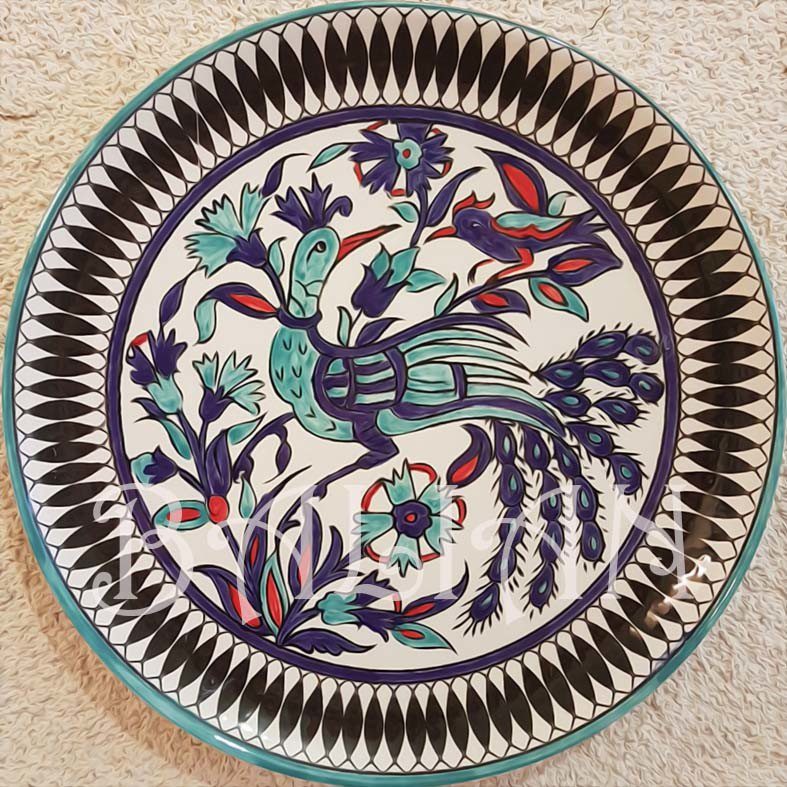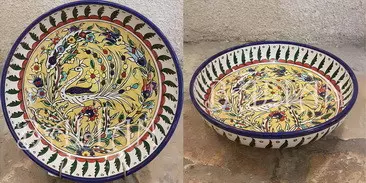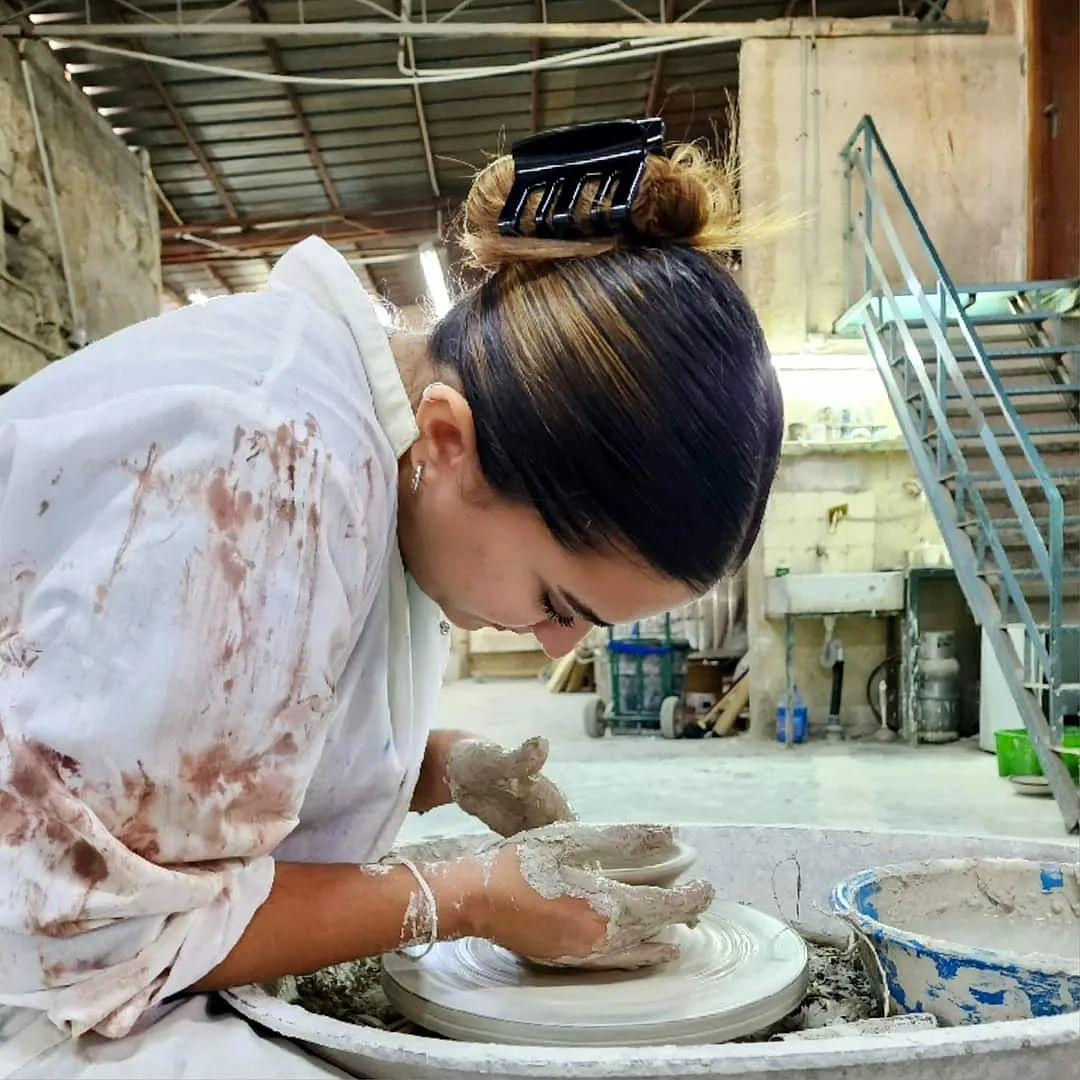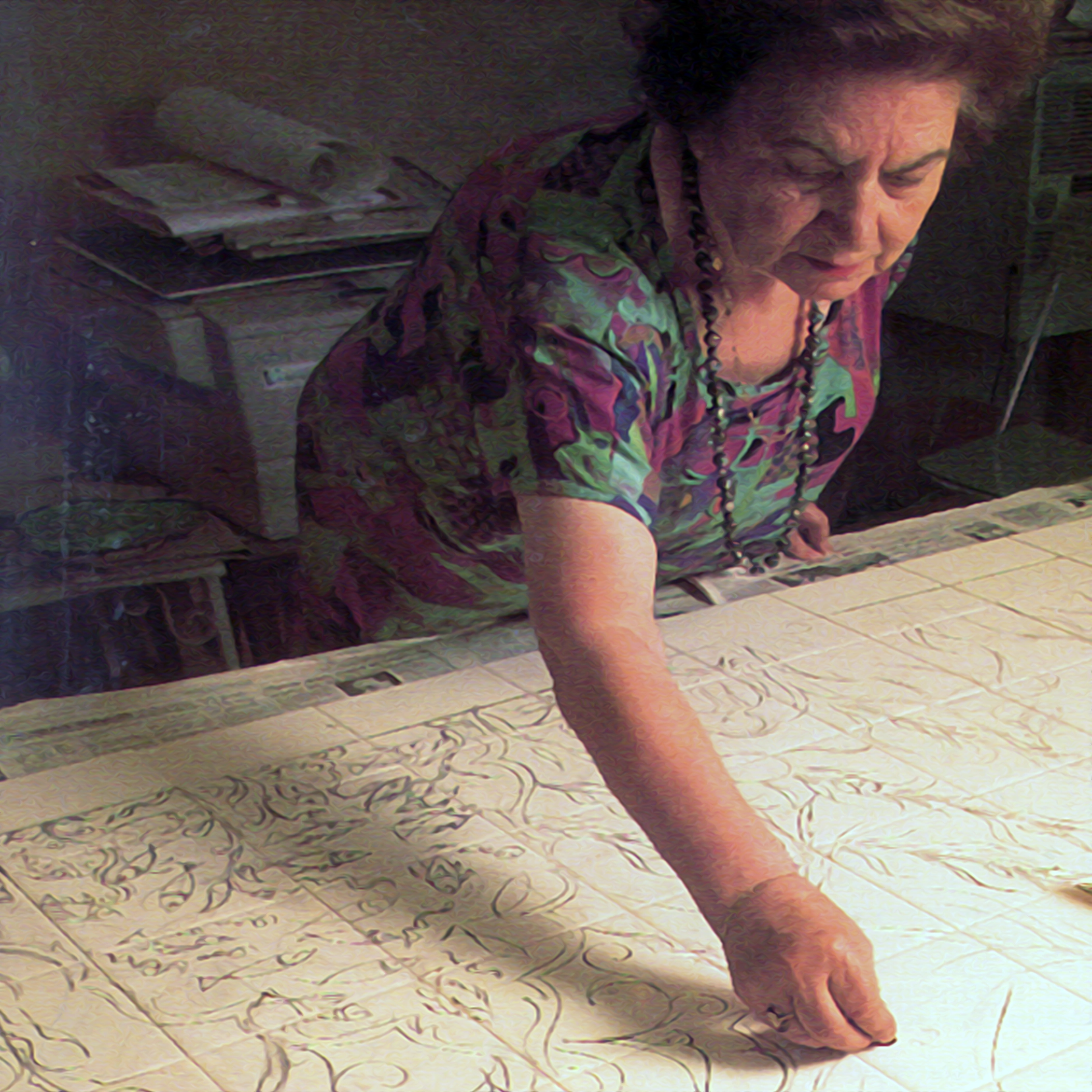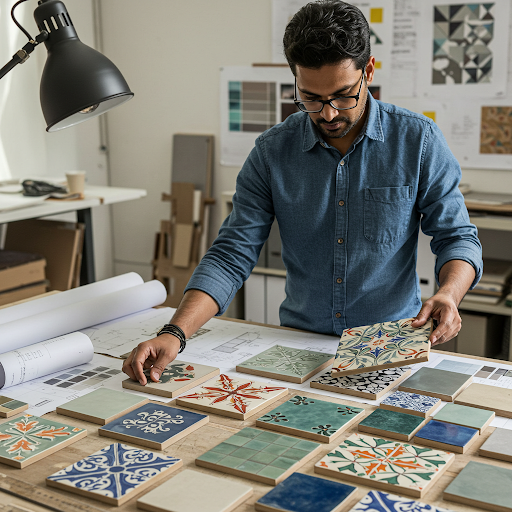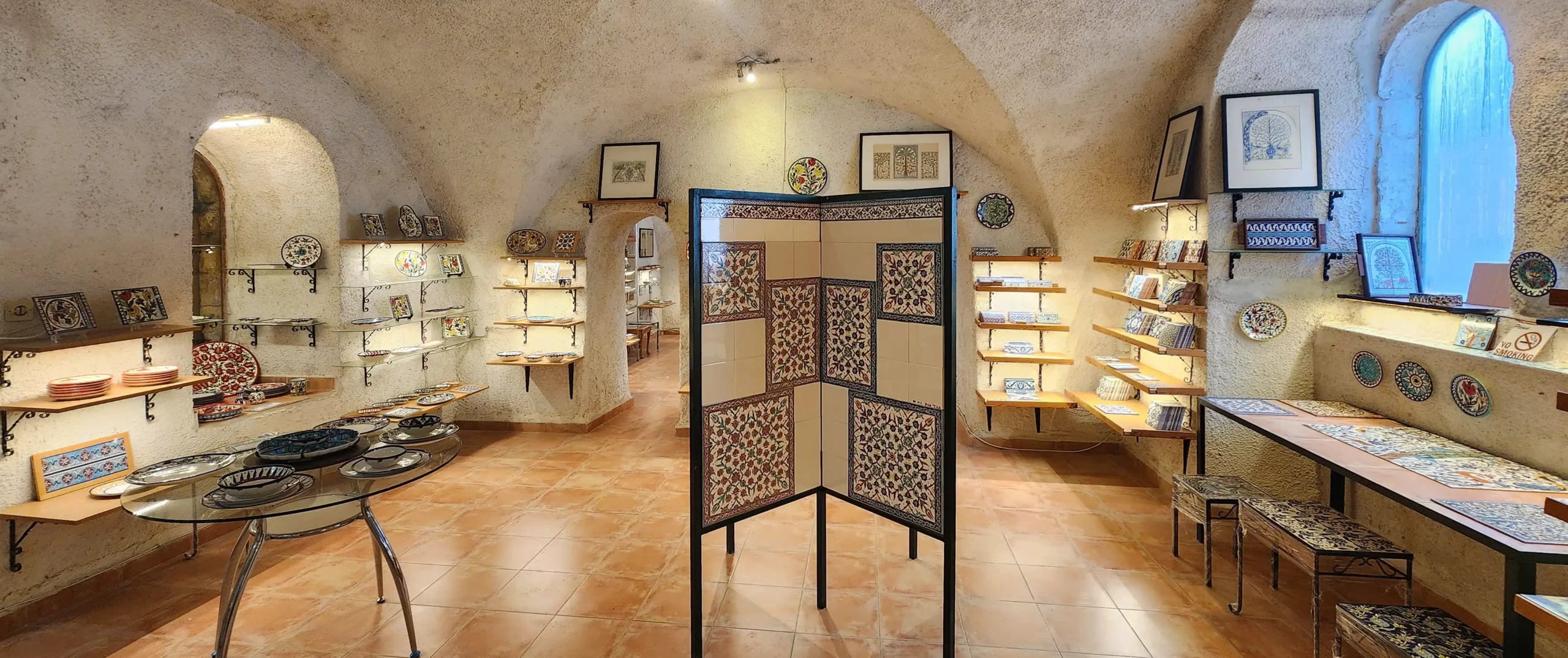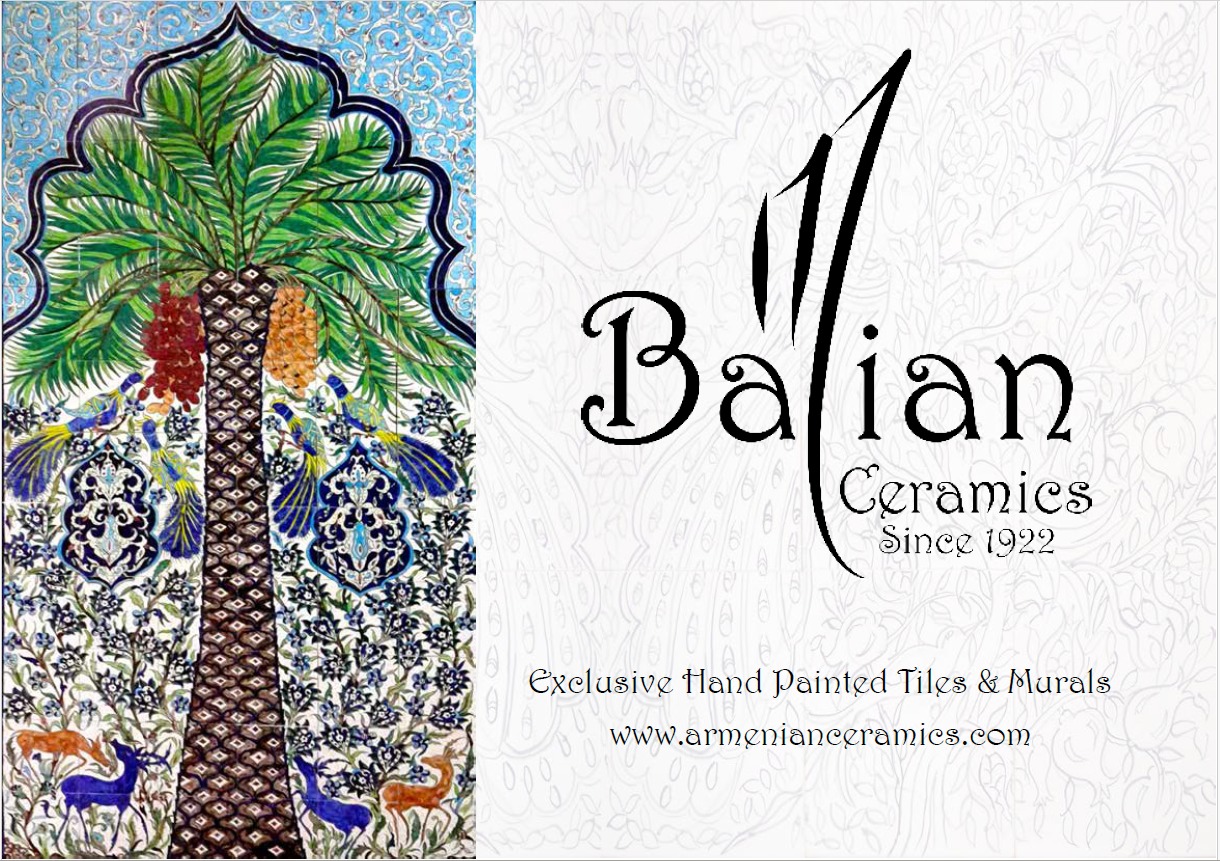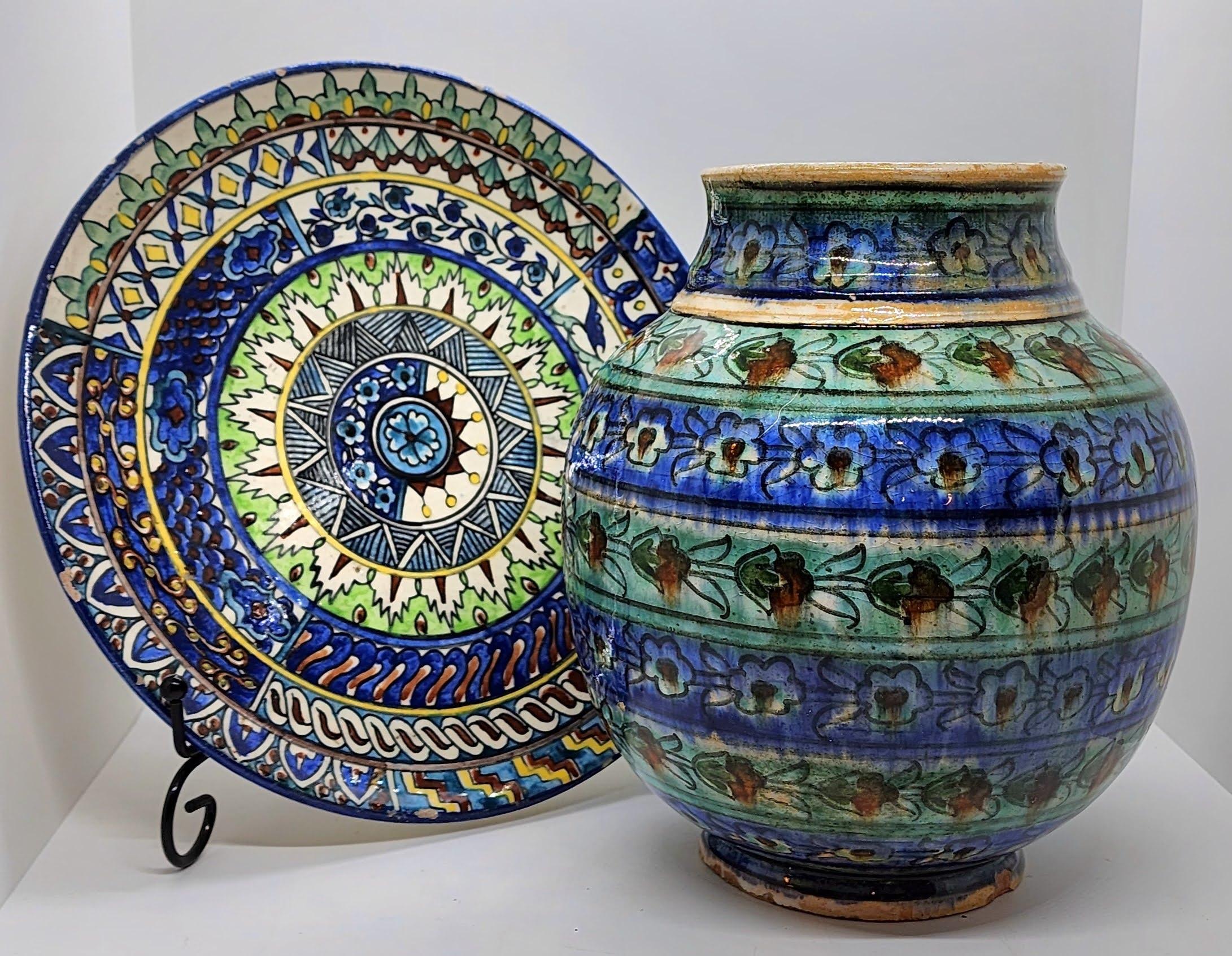Working with Architects and Interior Designers
We have a wealth of experience working with architects and interior designers all over the world. Get in touch with us to discuss about your projects and how to realize your imaginations on ceramic tiles
Helping to bring your dreams to life
At the Balian studio in Jerusalem, we don't just create tiles; we craft bespoke works of art. With a long history of collaborating with architects and interior designers, we have honed our skills in translating visions into reality. Because we develop our own colors, glazes, and tile forms, we have the freedom to achieve your exact design intent without compromise. Whether you're envisioning a unique pattern for a restaurant, a custom mural for a hotel, or a one-of-a-kind fireplace surround for a private residence, we'll work closely with you to bring your ideas to life.

The Balian studio in Jerusalem has partnered with architects and interior designers to create truly exceptional tile installations. We believe in a collaborative approach, working closely with you to understand your vision and explore the endless possibilities of hand-painted decorative tiles. From developing custom colors and glazes to hand-staining each batch for a unique touch, we are dedicated to bringing your design dreams to fruition.
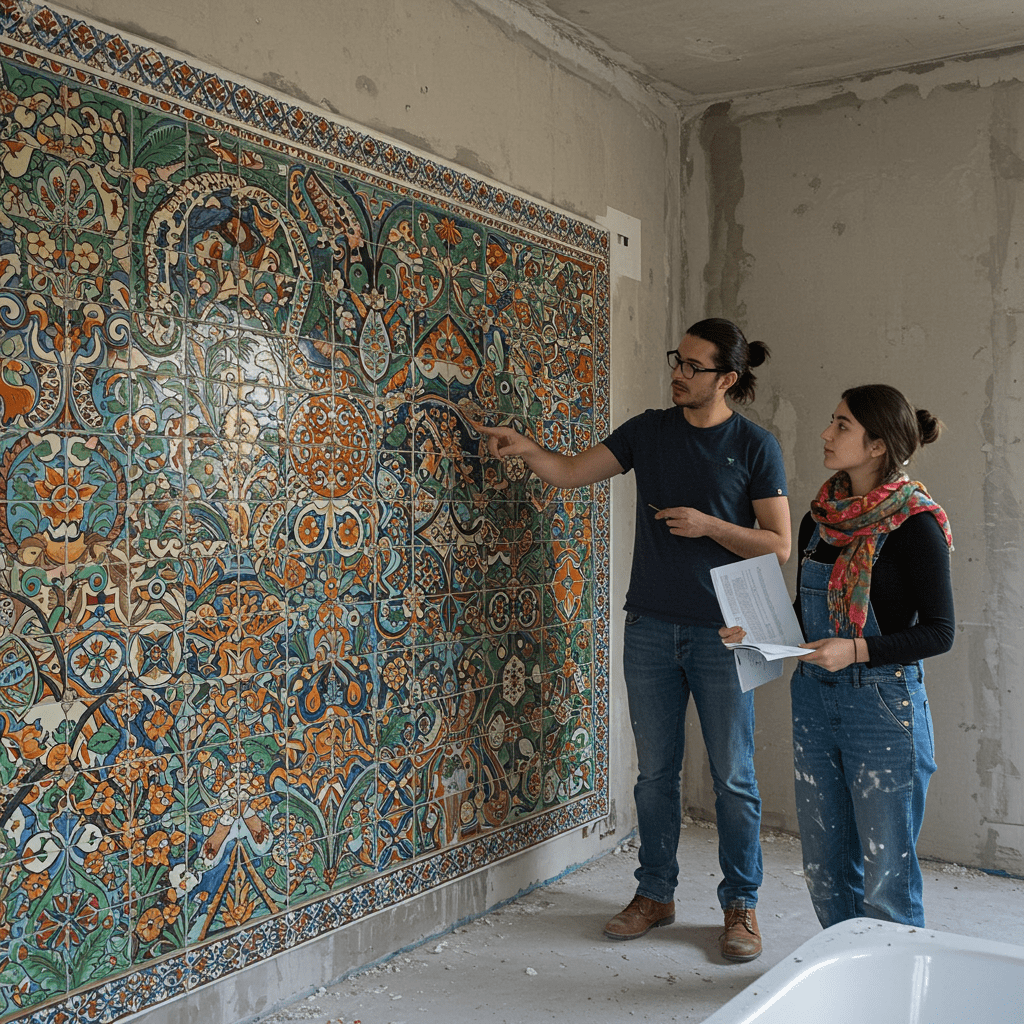
We specialize in hand-painted and hand-screened decorative tiles, offering a bespoke service that allows for complete creative control. Our expertise in custom colors, glazes, and tile forms ensures that we can translate your design concepts into stunning, handcrafted realities. Whether you're seeking to add a touch of artistry to a residential space or make a bold statement in a commercial setting, the Balian studio is your trusted partner in achieving tile perfection.

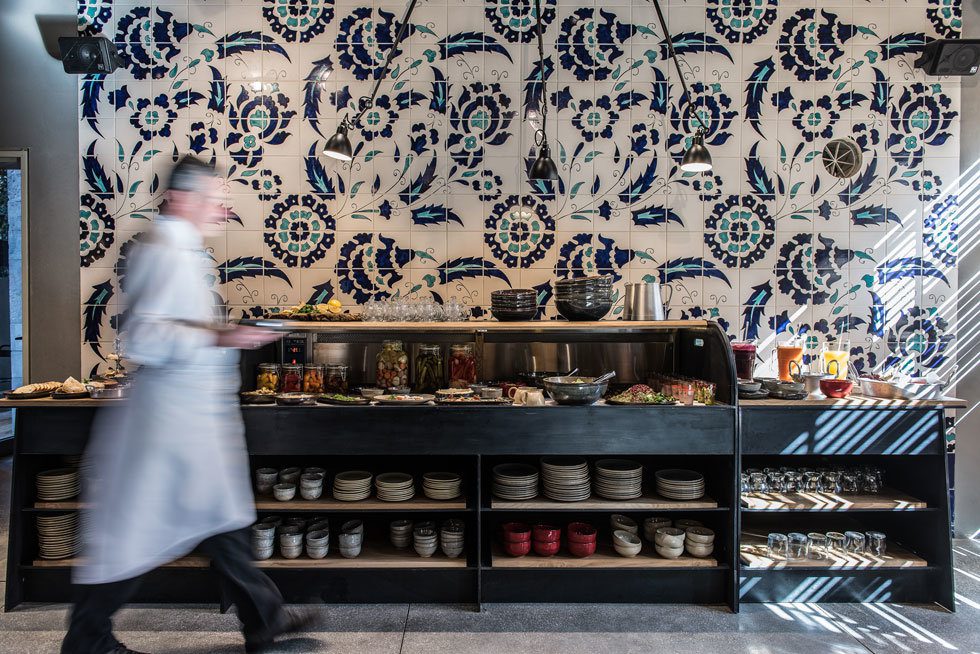
Hotel Lobby in Jerusalem
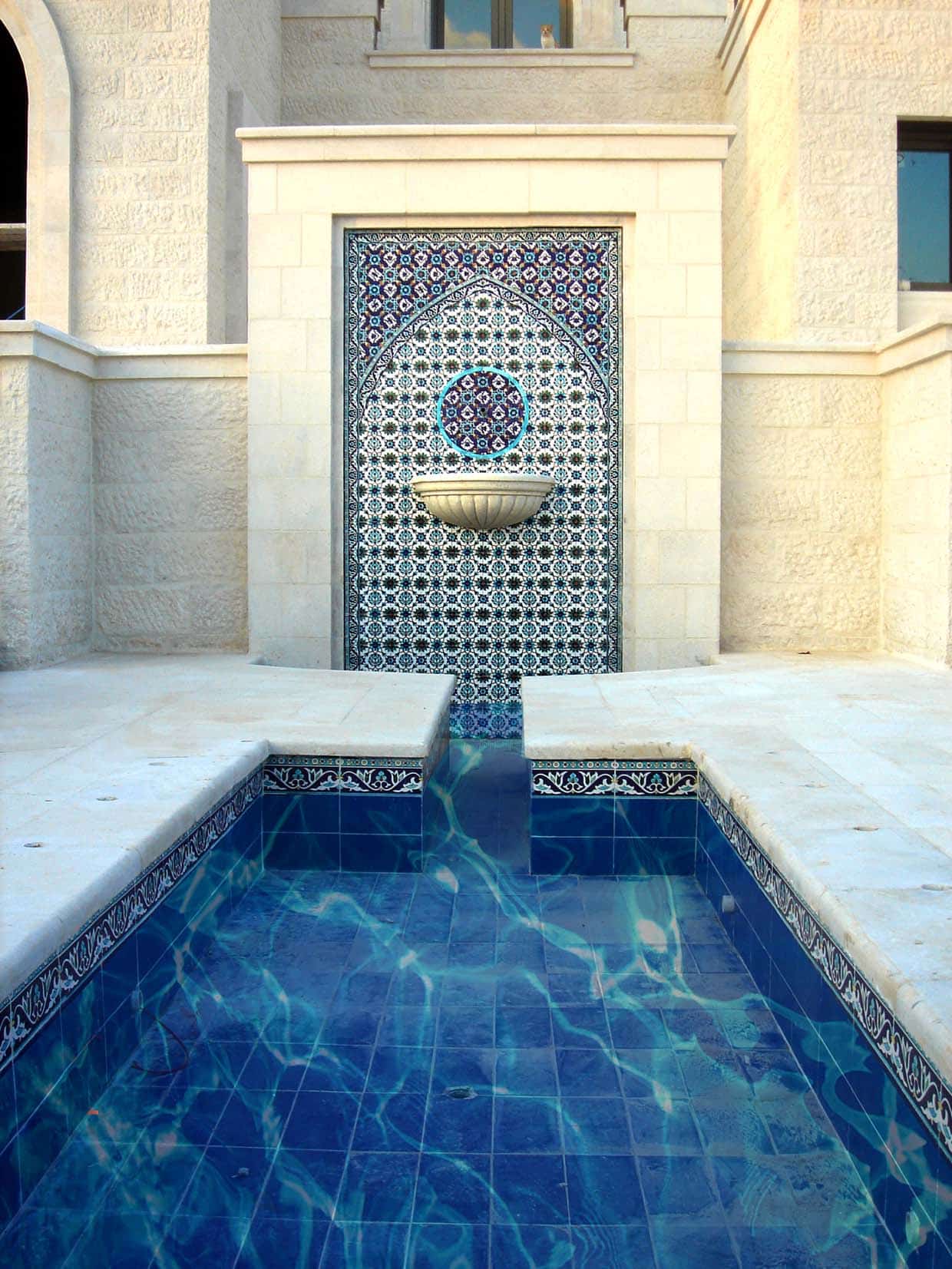
A Palce in Amma, Jordan

The entrance to a shopping mall in Jerusalem

Jerusalem Intercontinental Bar
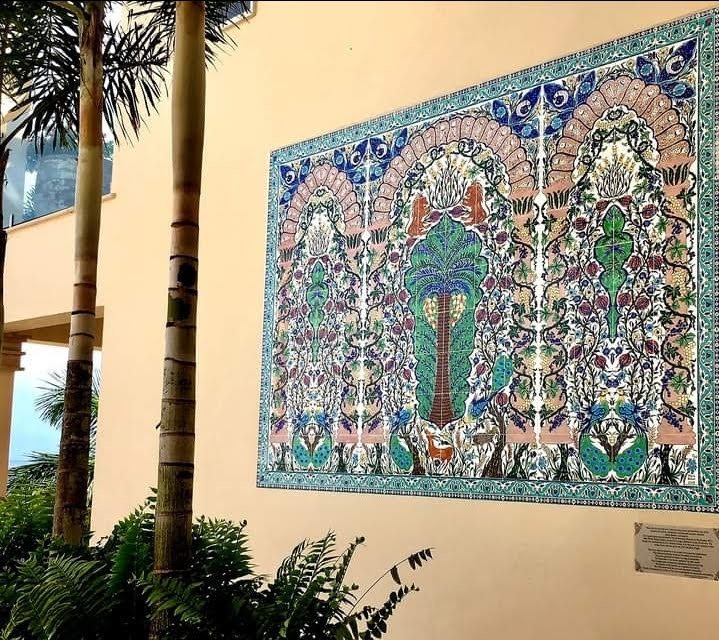
Quintescense Hotel, Antigua

American Colony Hotel, Jerusalem

The New Israel Library, Jerusalem
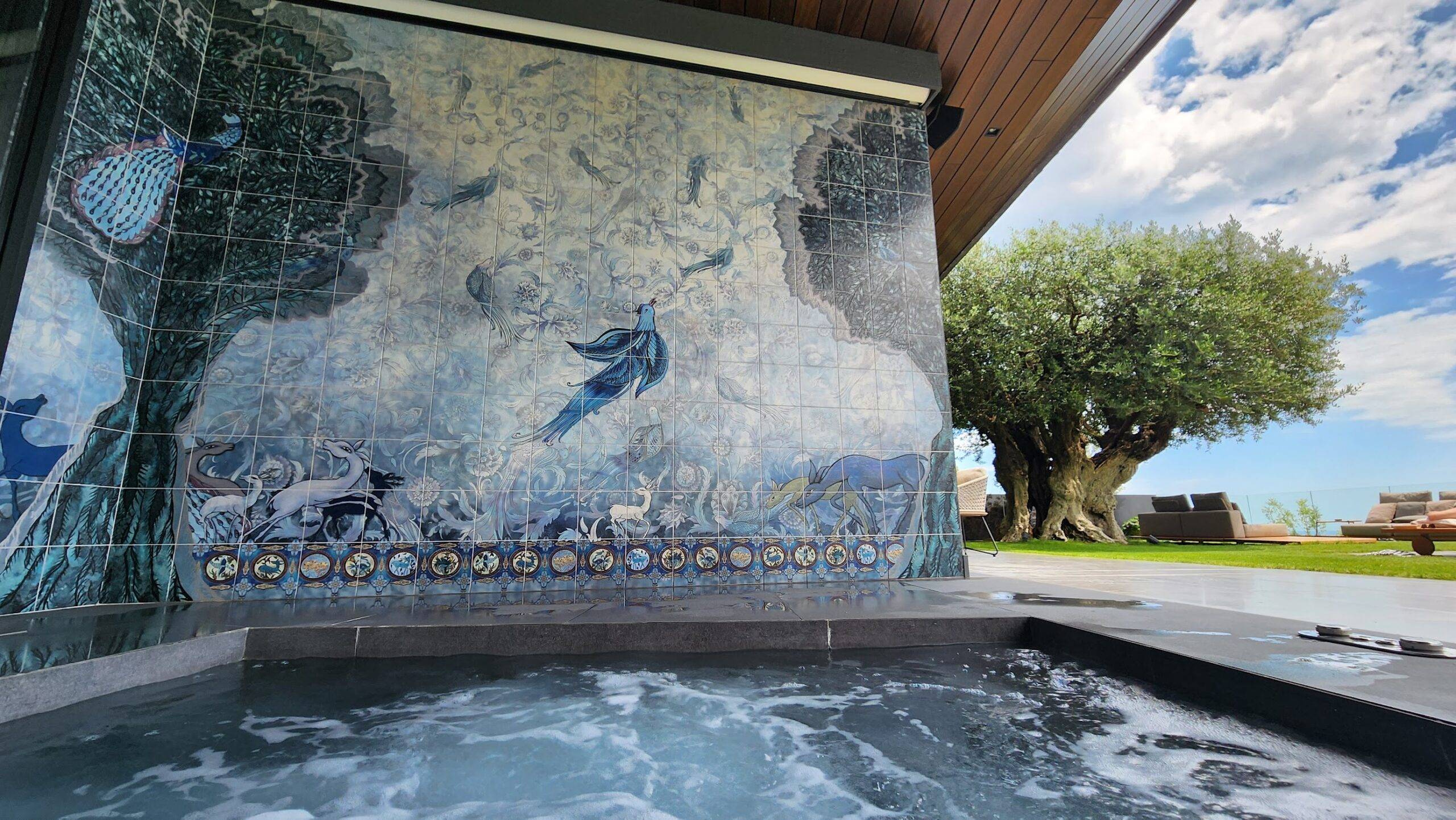
Shirokove Residence, Costa Brava, Spain
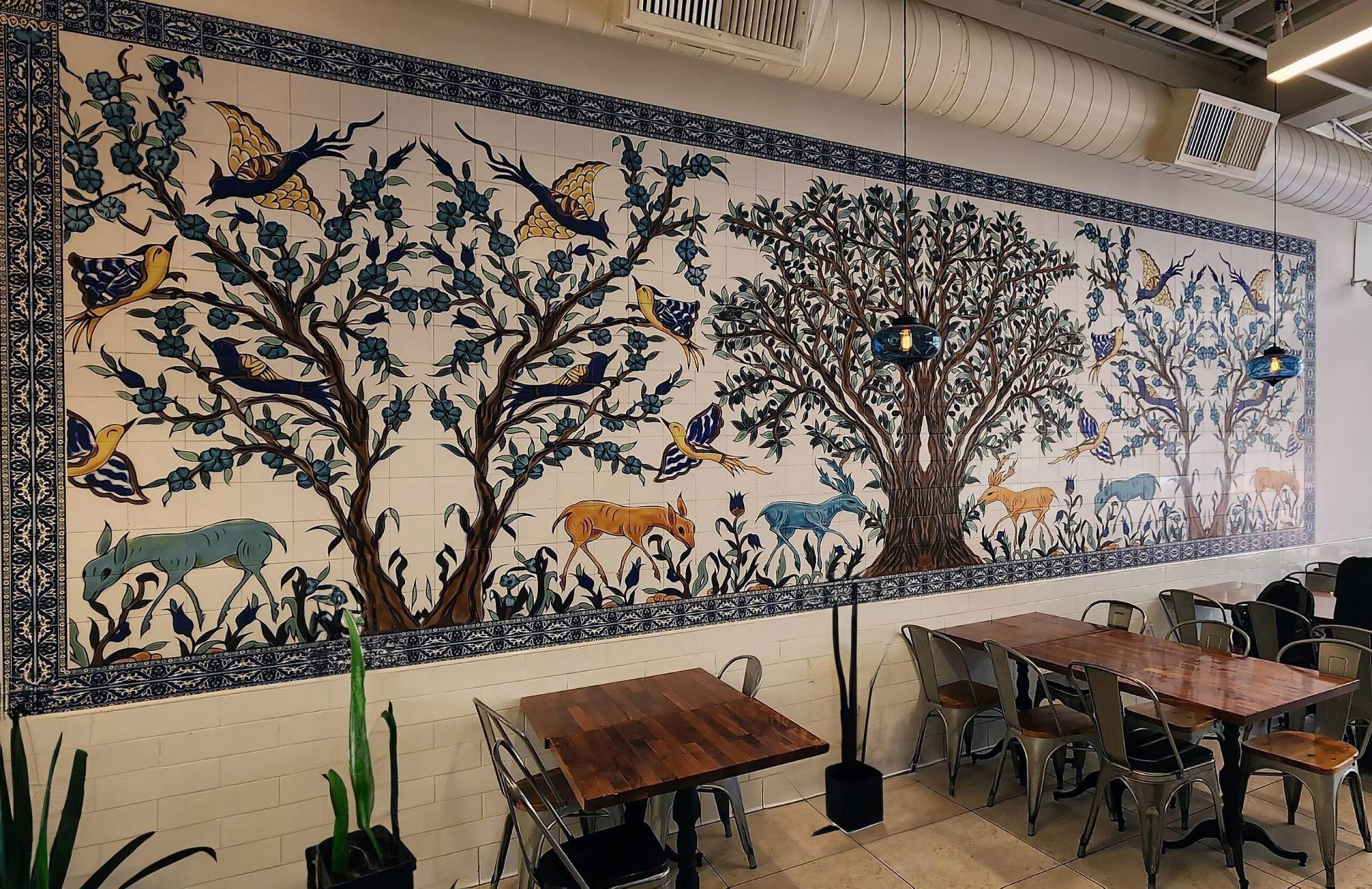
A Restaurant in San Fransisco
Who we work with


Architects and Interior Designers

For decades, the Balian studio of Jerusalem has collaborated with architects and interior designers to bring their visions to life through exquisite hand-painted decorative tiles. Whether for residential or commercial projects, we provide the technical expertise and artistic flexibility to translate your ideas into timeless ceramic forms. Explore endless possibilities with customizable glazes, textures, shapes, and more. Get in touch with us to discuss your needs and dreams

Custom Design
Projects

The Balian studio in Jerusalem has a long-standing tradition of crafting exquisite hand-painted decorative tile projects. Our deep knowledge of ceramic artistry, combined with our experience working alongside architects and interior designers, allows us to create truly unique and timeless pieces. Whether you're seeking to incorporate traditional Armenian motifs or explore a contemporary aesthetic, we can help you achieve your vision. Get in touch with us to discuss your custom projects and visions regarding ceramic tiles

